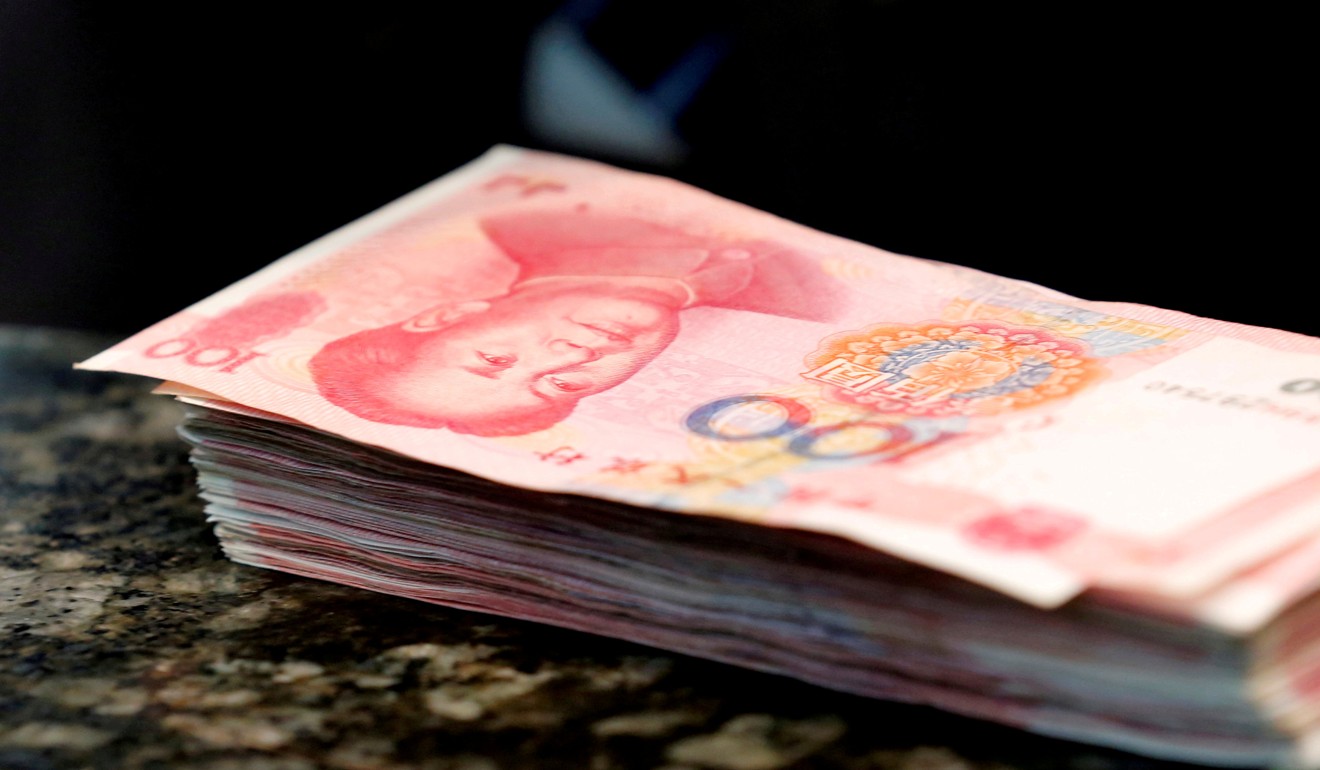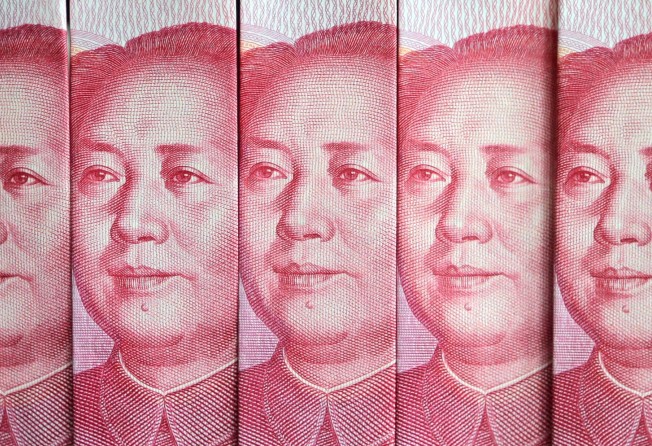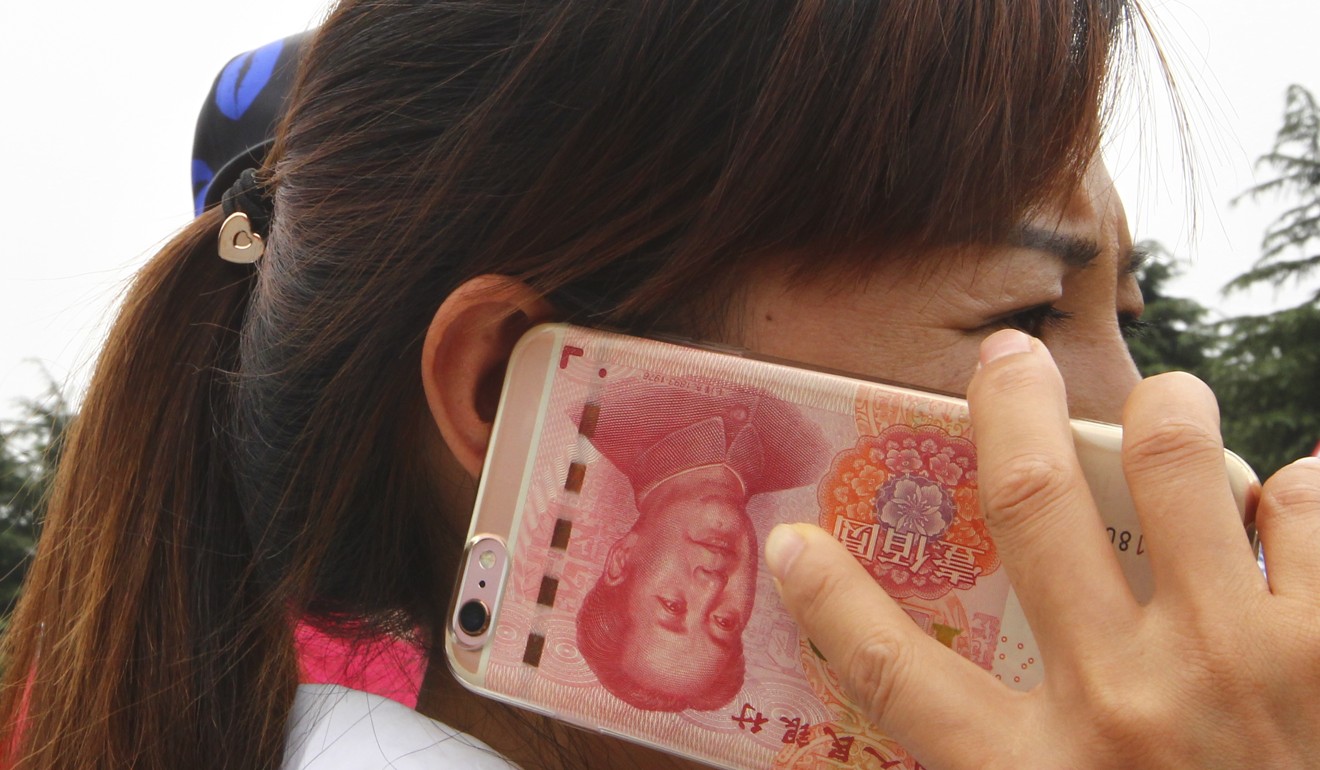
China’s forex interventions spook overseas investors
While China may be succeeding in boosting the yuan and warding off capital outflows, it is threatening to discourage overseas investors amid efforts to open up its financial markets

China’s crackdown on bearish yuan speculators has come at a cost.
While it may be succeeding in boosting the value of the currency and warding off capital outflows, it is also threatening to discourage overseas investors, amid efforts to open up its financial market.
It is now being strongly argued by many that this week’s sharply higher yuan interbank rate in Hong Kong was engineered by Chinese state-owned banks, who are among the primary liquidity providers for offshore yuan in the city.
The overnight CNH Hibor rate, a gauge of yuan funding costs between banks in Hong Kong, spiked from 5.35 per cent on Tuesday to 21.1 per cent on Wednesday, and subsequently to 42.8 per cent on Thursday, making the cost of borrowing yuan funds to traders who convert the proceeds to buy dollar-denominated assets, to soar through the roof, forcing many out of their positions.

The move, along with last week’s decision by the People’s Bank of China to tweak its formula in calculating the daily yuan reference rates, seems aimed squarely at crushing speculators that are bearish on the outlook of the yuan, and sending out a signal that the country will not tolerate a weakening yuan.
In response to the liquidity squeeze, the yuan spot rate in the currency market has climbed to its strongest level in seven months – but it’s still just 2 per cent higher this year, and is underperforming the region.
Taiwan’s dollar has gained 7.8 per cent this year and Malaysia’s ringgit is up 4.8 per cent, for instance, amid a sagging US dollar, dented by a string of poor US economic data and the ongoing saga in Washington over the president’s potential links with Russia, and that country’s influence over his election in the first place.
“The Chinese authorities are acting now because they think it is abnormal the yuan hasn’t been rebounding at a faster pace, amid a broadly weaker dollar,” Liu Dongliang, analyst at China Merchants Bank said.
China’s foreign exchange reserves remain above the psychologically important US$3 trillion level. But commercial banks sold a net US$14.9 billion of foreign exchange in April, the highest level in three months, suggesting that capital outflows are picking up as business and individuals buy foreign exchange.
The market was surprised by the cash crunch after this week’s holiday. On the one hand, foreigners want to buy into the China story, while on the other hand they are scared of it
The Caixin/Markit manufacturing purchasing managers’ index, a survey of manufacturing activity by smaller Chinese firms, fell to 49.6 in May, dropping below the 50 boom-bust mark for the first time in 11 months, according to data this week.
Further proof, say many, who argue that China’s draconian capital controls implemented since last year are hurting China’s real economy by restricting real trade flows and business investments.
This week’s liquidity squeeze and the central bank’s new mid-point fixing formula were the latest weapons from its considerable toolbox to support the national currency, and ward off capital outflows amid slowing economic growth, ahead of a likely rise in interest rates by the US Federal Reserve.
That Beijing squeeze tactic was also used in January, and analysts now suggest these sporadic tightenings are scaring away real money investors, not just yuan short-sellers.
Nathan Chow, an economist at DBS Bank, says overseas investors are being deterred from borrowing short-term yuan funds to buy long-term yuan-denominated investments such as Dim Sum bonds, Traders may also avoid using derivatives as hedging tools in the offshore yuan market, he adds.
“The market was surprised by the cash crunch after this week’s holiday. On the one hand, foreigners want to buy into the China story, while on the other hand they are scared of it.”
Dim Sum bond issuance dropped to a dismal 527 million yuan (US$77.4 million) in May 2017 from 9.37 billion yuan in May 2016, and 14.15 billion yuan the May before, according to Thomson Reuters data.

The central bank’s decision to add a “counter-cyclical adjustment factor” to the formula used to calculate its daily yuan reference rate, further dilutes the influence of the daily closing price against the dollar, lessening transparency and the role of market forces in its calculation, analysts insist.
China took a major step last year by opening up its US$9.3 trillion bond market to foreign investors through the China Interbank Bond Market direct access scheme, scrapping investment quotas and widening access for commercial banks, insurance companies, securities firms and asset managers from the initial base of foreign central banks and sovereign wealth funds.
China’s bond market is the world’s third largest behind the US and Japan. But overseas ownership remains at just only 1.25 per cent, considerably lower than the average 20-30 per cent generally held in other key emerging markets, clearly illustrating an ongoing wariness over China’s capital controls to repatriate proceeds out of the mainland.
“The authorities’ priority to manage the yuan,” Chow said, “suggests they are willing to see traders and market forces play only a small role in their yuan internationalisation efforts, for the time being”.